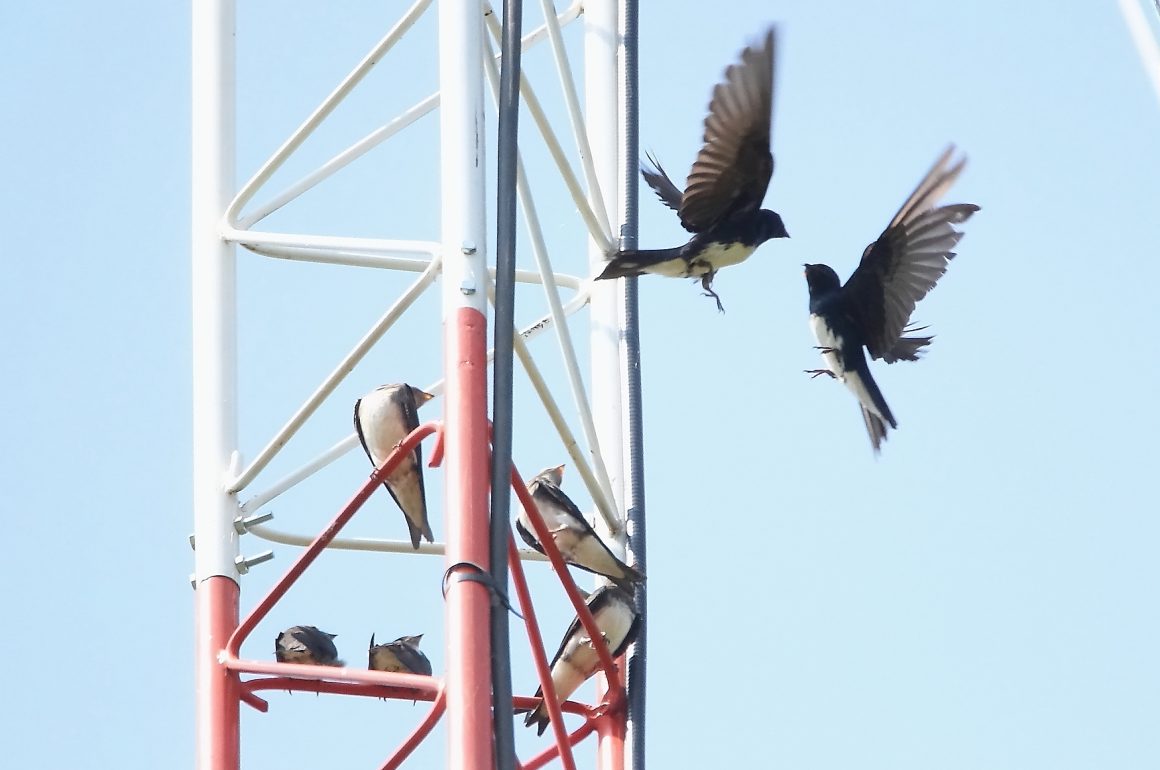
It was July 20, 2015, and I was making my first exploratory trip to the tiny town of Paso Ancho, in my state’s Hot Country (Tierra Caliente). It had rained just before dawn, and a good number of swallows and swifts were flying overhead. But some of the swallows didn’t look like any I had seen before. I managed to take this picture of one (with a 300 mm lens, no less):
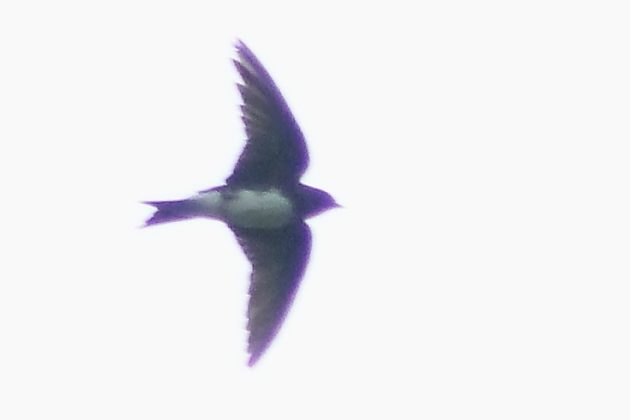
Without even being aware of the species’ existence at the time, I had managed to find a dozen or more Sinaloa Martins flying overhead. And yet I was some 400 km east of where this species had ever been registered before. It was, of course, the first official sighting in my state of Michoacán. But that was to be expected, since the Sinaloa Martin had previously been identified only in the two states of Sinaloa and Jalisco (as well as five sightings just outside these states in the 30s and 40s, by the American ornithologist Chester Lamb). Even in those states, EBird only had a few dozen lists including this species at the time.
Since then, we have learned much about the Sinaloa Martin. EBird currently totals 158 observations of the species, although quite a few represent single observations by multiple birders. I have submitted 18 lists with the Martin, currently 11% of the total. Nine of my lists have included photos, 22% of all such lists with photos. Ten friends, nine of them Mexican, have accompanied me to see our Martins in Paso Ancho. One American scientist, whom I have yet to meet, found his way to the town on his own.
Paso Ancho seems to be a staging site for this species’ migration, as I have only seen it there between July 4th and the 10th of August, as well as a single sighting in February of 2016. We have seen up to 50 Martins at a time, far more than have been seen anywhere else. Sinaloa Martins have now been seen a few times along a narrow migratory path well to the southeast of Paso Ancho, as far as Nicaragua. But all these sightings have confirmed a southeastward migration in July and August, and a northwestward return in February and March. And… no one knows for sure where they spend the winter season, although it has been theorized that they may spend it with the almost identical Caribbean Martin (once considered conspecific), in northern South America.
Life has insisted, rudely, on competing with my birding priorities of late. So last week I drove downhill, before my last opportunity to see my old Martin friends in 2025 should end. It was not a great day for seeing them. I suspect that many of the swallows flying far overhead may have been Sinaloa Martins. But only two resting on a wire were unquestionably of the species, with one more in flight at another site. I’ll hope for better luck in 2026.
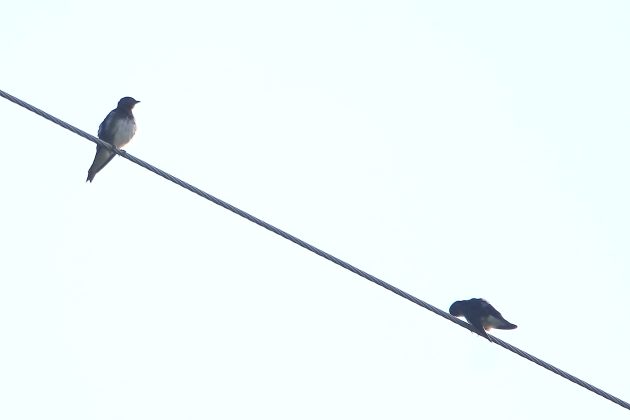
Still, Paso Ancho is a wonderful spot for all sort of colorful birds, and other critters. After some 55 visits to the town, most also qualify as Old Friends.
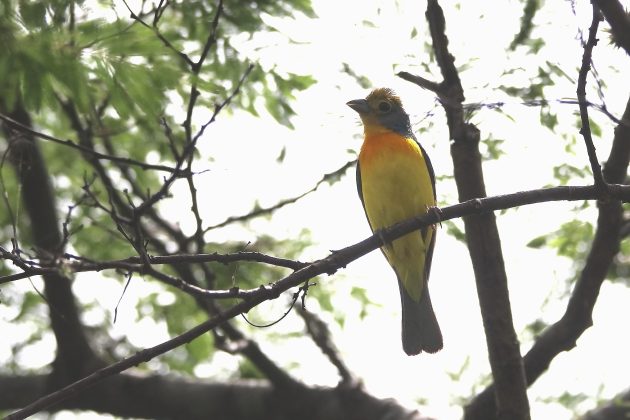
I saw my first Orange-breasted Bunting on that same fateful visit back in 2015, and may well have seen them on every visit since then.
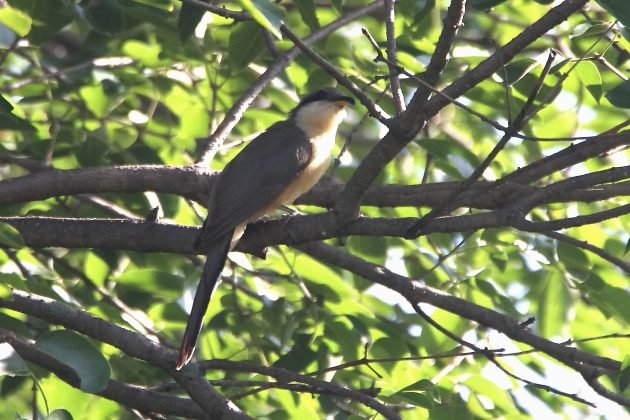
The trip also gave me my first two foot-long Mangrove Cuckoos. Paso Ancho is much too far inland to offer any actual mangroves, but this species is still fairly easy to see there in the summer.
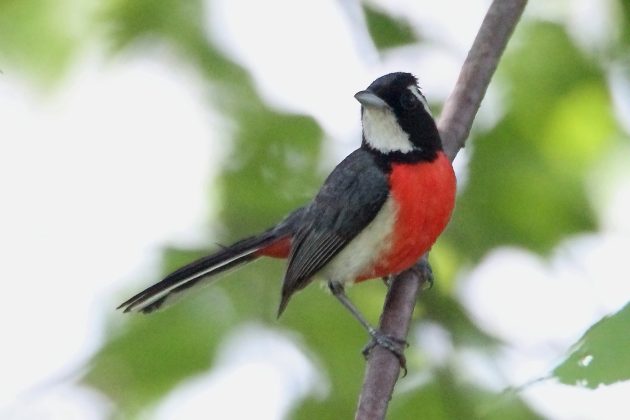
It wasn’t until 2019 that we found our first Red-breasted Chat at Paso Ancho, and only in 2022 did we discover a spot where this wonderful little bird would reliably turn up. It is no surprise that that discovery occurred while observing Sinaloa Martins, in July.
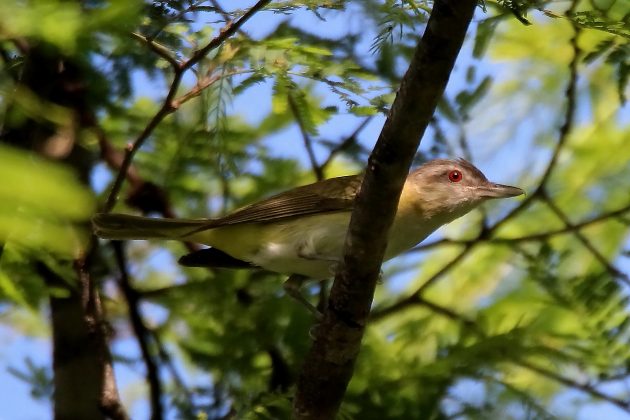
Yellow-green Vireos are not easy to see here, or anywhere else on my usual routes. This is one of those rare birds that winter in South America but only migrate as far north as Mexico to breed.
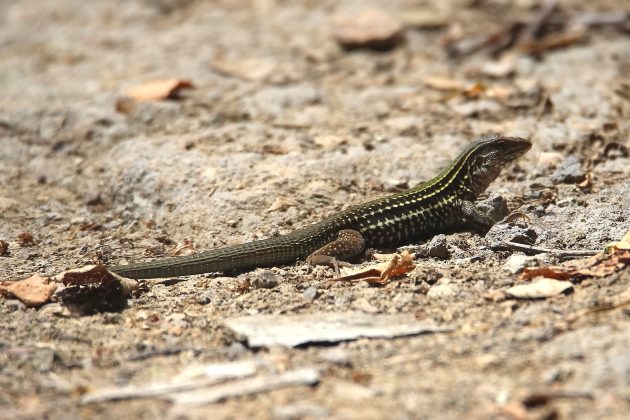
This is the most common lizard at Paso Ancho. I think it’s a beauty.
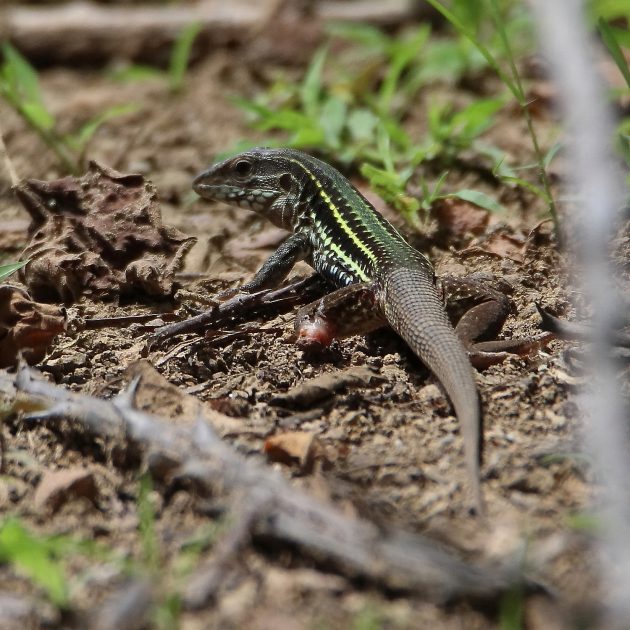
Life has not gone well for this individual. It has clearly regrown its tail. But that left hind leg is not coming back.
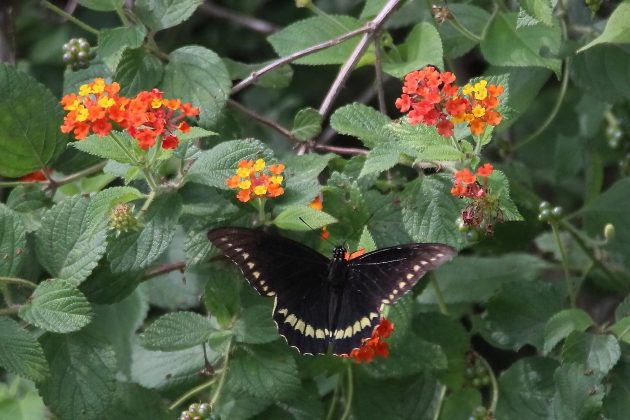
In summer, Paso Ancho is also a spectacular place for butterfly-watching.
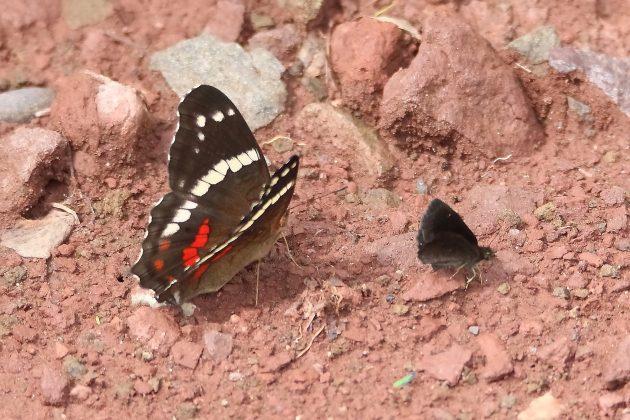
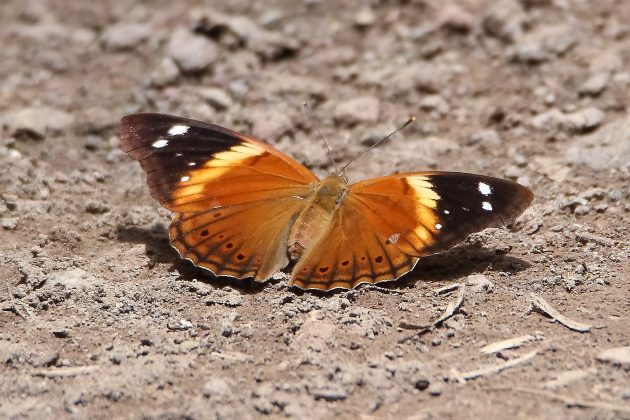
This butterfly was, I believe, a new species for me. Not that I will actually identify it — I have enough work already keeping track of Michoacán’s 500+ bird species.
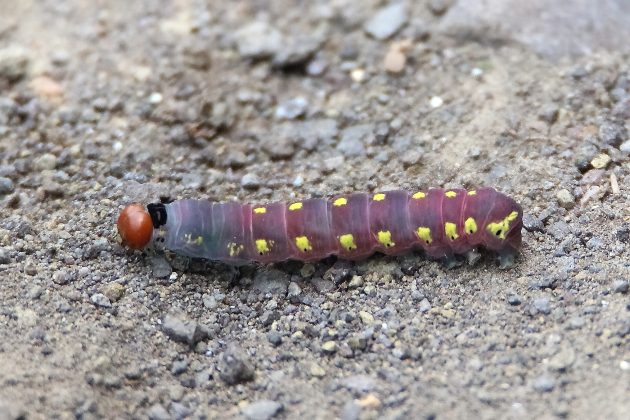
Even the caterpillars show tropical colors!
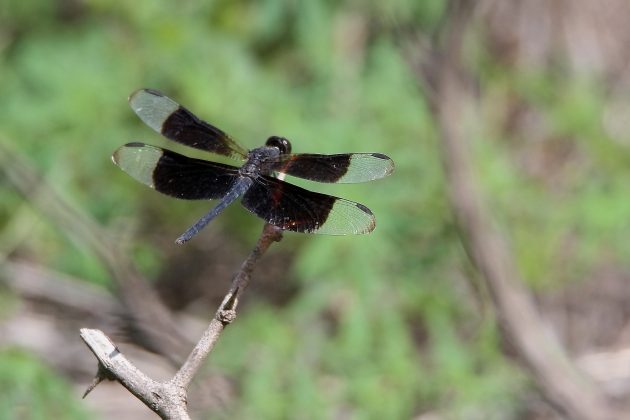
I love the partially transparent wings on some of this site’s dragonflies. Black-winged Dragonlet above? No idea on the lower one.
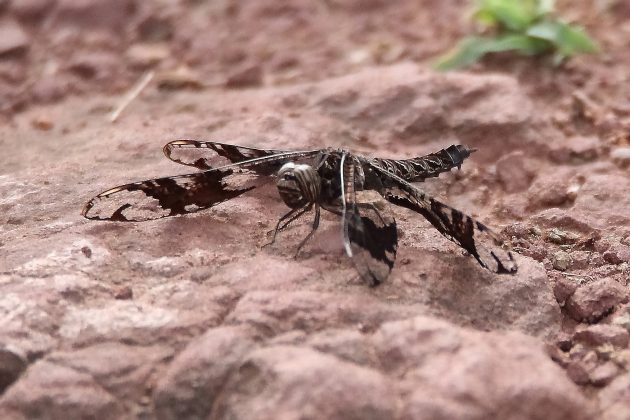
Header photo is from July 2024, when we saw many more Sinaloa Martins than I did this year. All other photos are from this month.







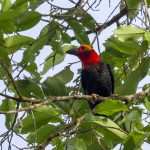
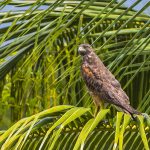
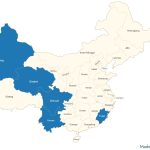

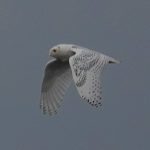
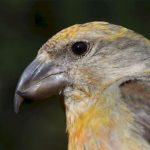
That must have been a kick – finding a new species for an area.
Great story and photos! Makes me want to come visit your neck of the woods. 🙂
I checked up on your non-bird pics, and this is what I came up with as the most likely candidates:
The lizard is one of the Whiptails, either West Mexican Whiptail (Aspidocelis costatus) or Colima Giant Whiptail (A. communis).
The butterflies (from top to bottom):
Polydamas Swallowtail (Battus polydamus)
Banded Peacock (Anartia fatima) – the big one; no clue what the smaller one is
Dusky Emperor (Asterocampa idyja)
No idea about the caterpillar
Dragonflies:
Yes, Black-winged Dragonlet (Erythrodiplax funerea)
Filigree Skimmer (Pseudoleon superbus)
Greetings from Oregon!